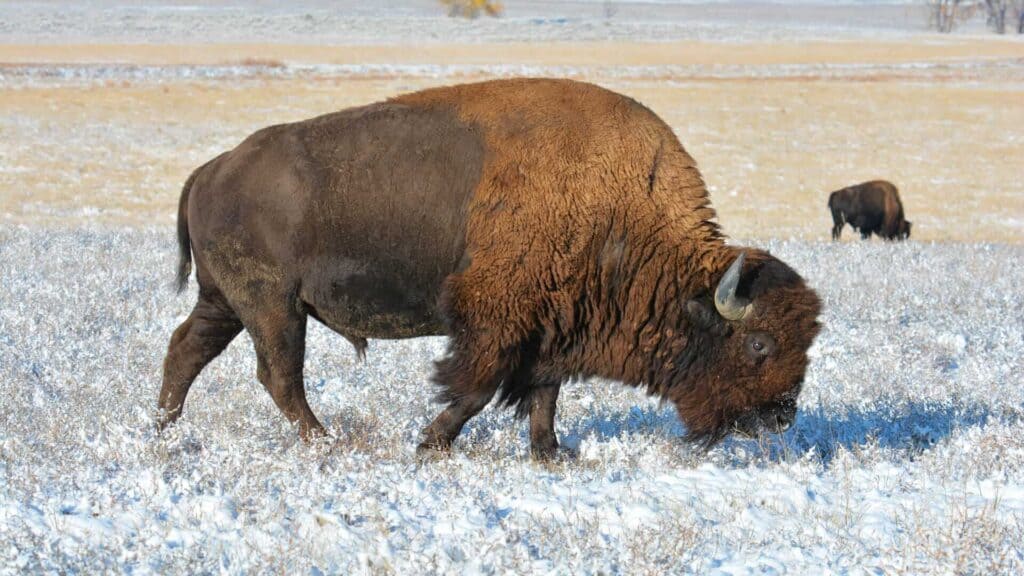Safaris in America
A Wildlife Safari in America
We have created The Wild Source America to build on our conservation mission-based travel principles. Pioneered in Africa, we are now bringing the essence of our safaris to the USA. In American media there are continuous mentions of “Glamping” with the term being equated to safari, which misses the point that a safari is a journey through a full experience, not just a place that you stay. We are applying our strategic safari approach in creating new opportunities to enjoy tremendous American wildlife. This includes:
- Biologist-planned wildlife travel that focuses on the best locations and timing.
- Safaris led by expert guides and wildlife specialists.
- A custom safari vehicle, The Roaming Bison, that is one-of-a-kind.
- Each trip contributes to conservation by supporting wildlife research, indigenous partners, and/or protecting vital lands.
We want our safaris to explore the experience of restoring our relationship with the natural world. We strive for a balanced understanding of how North America once had the greatest concentrations of megafauna on the planet and the potential to revive valuable functioning systems through ecosystem engineers (beavers, bison, and prairie dogs), in concert with healthy predator populations.
Working with tribal partners, land conservancies, ranchers and wildlife researchers, we share lesser known (or previously inaccessible) but outstanding wildlife opportunities to help travelers experience the best of America’s wildlife while contributing to conservation. As we do in Africa, we believe economic empowerment of local people is the best way to create lasting conservation and that is a point of emphasis for our American safari offerings. In some cases, we may visit well-known areas that are so compelling (think wolves and bears of Yellowstone) they cannot be missed, but crafted in a way that makes the safari profound.
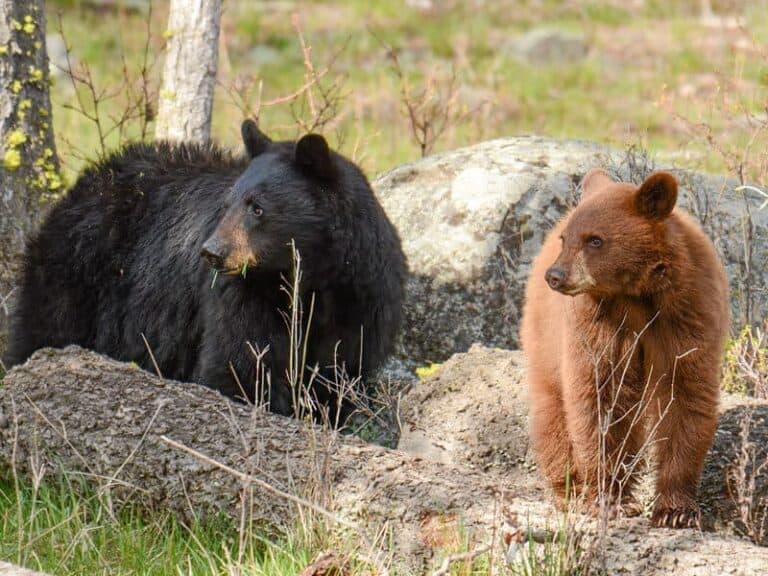
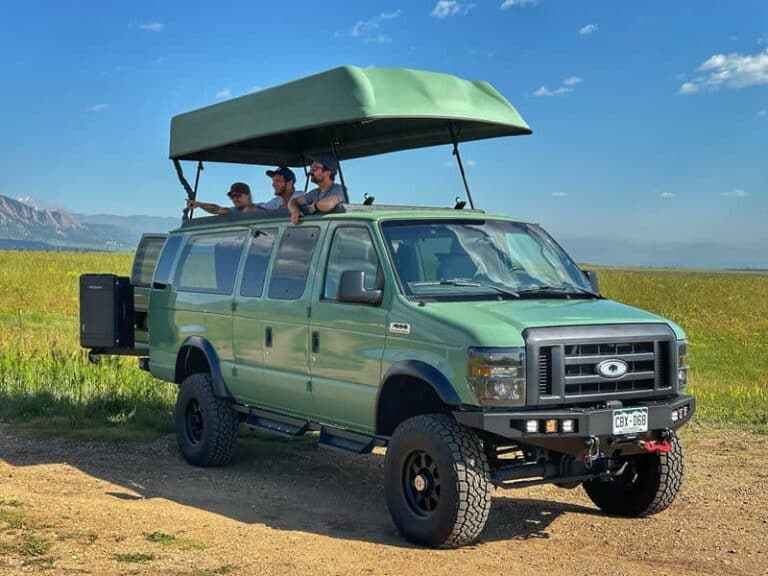
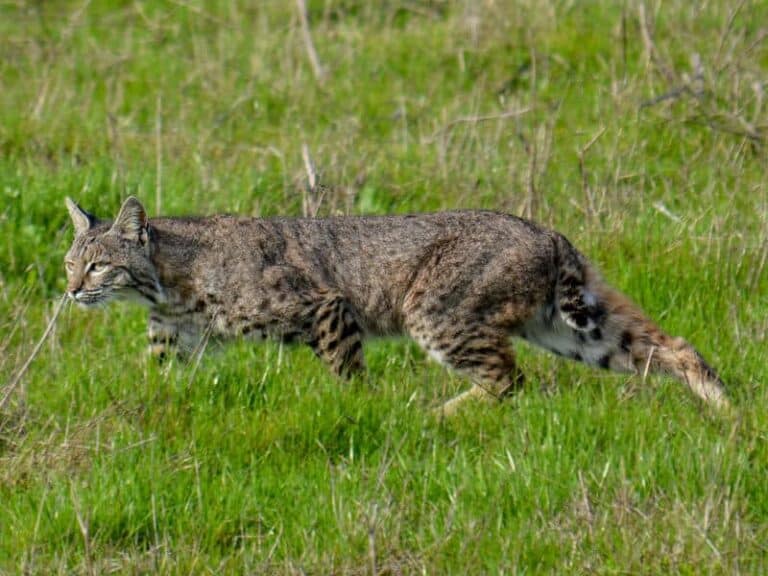
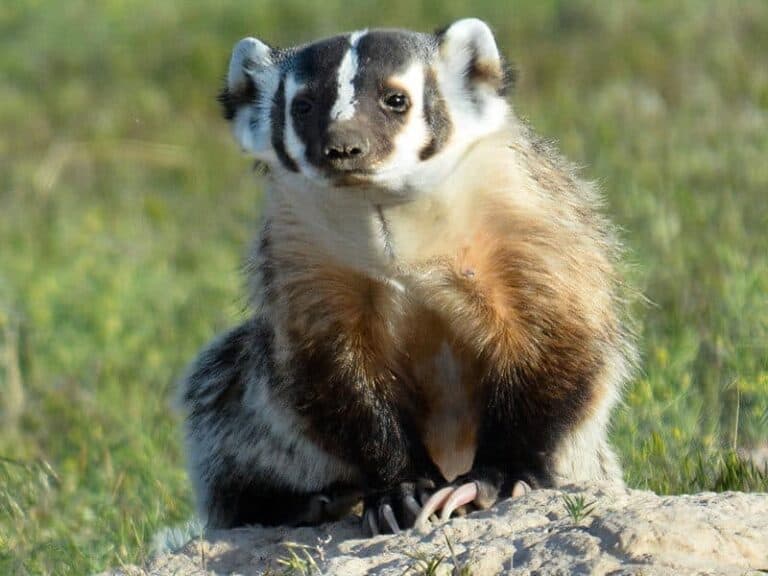
The Wild Source America Sample Safaris
Rocky Mountain Arsenal Safari
Join The Wild Source America for Denver's newest and wildest time out - a Rocky Mountain Arsenal wildlife safari aboard the one-of-a-kind Roaming Bison safari vehicle. The refuge is home to bison, coyote, mule deer, white-tailed deer, bald eagles, hawks, burrowing owls, prairie dogs and so much more (even the extremely rare Black-footed ferret.) This photographic safari is offered year-round for private groups of 1-6, with flexible dates.
Top Locations for Safaris in America
America Safari Regions

American Prairie
Overview
The non-profit organization American Prairie is leading an extraordinary undertaking to create a remarkable conservation area across a large swath of Montana.
Combining the purchase of land and grazing leases with vast Federal lands like the 1.1 million acre Charles M. Russell National Wildlife Refuge, the ultimate goal is to piece together a 3.2 million acre area of the northern Great Plains (roughly the size of Yellowstone and Glacier National parks combined).
Currently American Prairie has almost a half million acres under management, creating a very special wildlife region to explore.
Location
The American Prairie stretches across central and northeastern Montana, covering a diverse landscape. Common visitor areas include the National Discovery Center, Antelope Creek, Myers Family Huts, Buffalo Camp and self-guided dispersed camping in the backcountry. Access by air is from three airports (Bozeman, Billings and Great Falls), then a half to full day drive from there. Access by road is most often via Lewistown, Lodgepole and Malta.
Wildlife
According to American Praire, once restored, the ecosystem will contain ecologically meaningful populations of all non-extinct native species present in the reference ecosystem (Upper Missouri River circa 1800).
Wildlife restoration projects currently focus on beavers, bison, black-footed ferrets, black-tailed prairie dogs, pronghorn, sage grouse, swift fox and a variety of grassland birds. Other species seen commonly include badger and coyote.
This region is historically home to four indigenous species of large carnivores – wolves, grizzly bears, black bears, and mountain lions. Black bears and mountain lions currently reside here and American Prairie is working with communities and partners to develop management tools for human wildlife conflict in anticipation of the return of grizzly bears and wolves.
Best Times to Go
May/June and late August – October

Minnesota Sax-Zim Bog
Overview
Known among birders as THE place to find northern owls and finches in winter, the Sax-Zim Bog offers a ‘magic mix’ of habitats that attracts a unique array of species not found in other parts of the United States.
Location
About 45 minutes north of Duluth, Minnesota and Lake Superior
Wildlife
Sax-Zim offers excellent chances to glimpse boreal specialties including Northern Hawk Owl, Snowy Owl, Common and Hoary Redpolls, Ruffed Grouse, Boreal Chickadee, Black-backed Woodpecker, and Great Gray Owl, North America’s tallest owl and a crowd favorite.
Beyond the famed birds Sax-Zim Bog is home to a diverse array of mammals. In a place known for productive bird feeders, the mammals receive some easy food with donated deer rib cages. While baiting mammals is often frowned upon, it is a longtime practice in this region and greatly enhances the chances of seeing charismatic members of the weasel family – pine marten, weasels (in their ermine winter phase) and mink are sometimes seen along waterways. White-tailed deer and porcupine are common mammals. Wolf and bobcat tracks in the snow reveal their presence in the bog but they are rarely seen.
Best Times to Go
December through early-March for winter wildlife, especially owls.

Point Reyes National Seashore
Overview
Point Reyes National Seashore is located just 30 miles from San Francisco and is home to an astounding diversity of flora and fauna, with 1500 species of plants and animals. With thunderous ocean breakers crashing against rocky headlands, expansive sand beaches, open grasslands, brushy hillsides, and forested ridges, there is much for visitors to discover.
Point Reyes National Seashore is a lesser known wildlife gem, without doubt one of the best wildlife watching areas in America.
Location
30 miles north of San Francisco, California (about an hour drive)
Wildlife
Point Reyes is particularly fantastic for very interesting mid-size carnivores. Point Reyes quite likely represents the best opportunity in the world for observing bobcats. Coyote, river otter and grey fox are all frequently sighted, and it is a park well known for exceptional raptor viewing – including some owl species. Tule elk and elephant seals are other specialties of the park.
Best Times to Go
Year round for bobcats, coyotes, elk and otters. The gray whale southern migration peaks in mid-January and the northern migration peaks in mid-March, when whales are closest to shore. Mothers and calves are close to shore in late April and early May. Humpback whale southern migration is November-March.
When it comes to birds, shorebirds and waterfowl are great in August-January, bird migrations are March-May and August-December, and snow plover breeding is March-September.
Elephant seal pupping and breeding is January-March while harbor seal pupping is March-June.

Rocky Mountain Arsenal National Wildlife Refuge
Overview
This unique urban wildlife sanctuary provides ample opportunities to view and photograph wildlife just a skip away from the metropolis of Denver.
The 15,000 acre refuge was established in 2004, originally in part to protect the bald eagle.
Location
10 miles northeast of downtown Denver, Colorado
Wildlife
Bison, coyote, white-tailed deer, mule deer, prairie dog and more. This is also one of few areas to see one of North America’s most endangered mammals and the only ferret species native to the continent – the Black-footed ferret.
Visitors can see and hear a variety of songbirds, raptors such as Swainson’s hawks, ferruginous hawks and bald eagles, waterfowl and other water birds in the refuge. Burrowing owls are a highlight here, nesting and raising young in unoccupied prairie dog burrows.
In total the Refuge has more than 330 species of mammals, birds, reptiles, amphibians, and fish.
Best Times to Go
Year round. Different seasons offer different highlights, such as cinnamon-colored bison calves in the Spring, impressive antlers on white-tailed deer and mule deer bucks in the Fall as they compete for does, and migrating bald eagles in the Winter.

Yellowstone National Park
Overview
Yellowstone is a premier wildlife destination with over 2.2 million acres of intact ecosystem, supporting an astounding diversity of life. In 1995, history was made as the first wolves were reintroduced onto the landscape after being extirpated for almost a century.
With Yellowstone’s apex predator back in place, the region flourished, affording visitors today the opportunity to observe wildlife interactions seen almost nowhere else in North America.
Unlike the typical African safari, wildlife viewing in Yellowstone is often through binoculars or a scope. The landscape is vast with most wolf and bear sightings happening at great distances away from the road. We will go above and beyond to put you in the best place at the best time to see wolves and bears, and will often require the use of extra tools to fully appreciate the sighting.
Location
The 3,500 square miles park is mostly in Wyoming, but spreads into parts of Montana and Idaho too. The North entrance is near Gardiner, Montana and accesses the Lamar Valley, one of the best areas for wolf viewing. Other entry points are the West Yellowstone entrance, East entrance near Cody, Wyoming, and south entrance from Jackson Hole / Grand Teton National Park in Wyoming.
Wildlife
Wolves, grizzly bears, black bears and mountain lions make up an amazing array of large carnivores in this famous park.
Bison are the star grazing herbivore and Yellowstone is one of the best places in America to see America’s National Animal. Elk, moose, bighorn sheep and deer are other common mammals.
Birds of prey include eagles, owls, and hawks. Trumpeter swans are another highlight bird species.
Best Times to Go
May is one of the best times of year to visit Yellowstone. The region is full of new life with recently-born bison and elk calves, wolf pups, nesting birds of prey, and bear cubs. In late April through early May, grizzly bears and black bears awaken from their slumber to refuel their bodies before the next hibernation. Wolf packs are busy making frequent hunts to sustain their pack and newborn pups. Eagles, owls, and hawks soar above, grabbing any opportunity to feed their chicks. Surprises await on every drive in Yellowstone this time of year.
Winter is another special time and less crowded season to visit Yellowstone. Winter here is incredibly scenic, with steaming thermal features and frozen waterfalls in the park’s snowy interior. There are very few visitors at this time of year and travel in the park is restricted to snow coaches in most areas, making for an exclusive experience. You can also self-drive the Lamar Valley in winter from Gardiner and stay at Mammoth Hot Springs.
